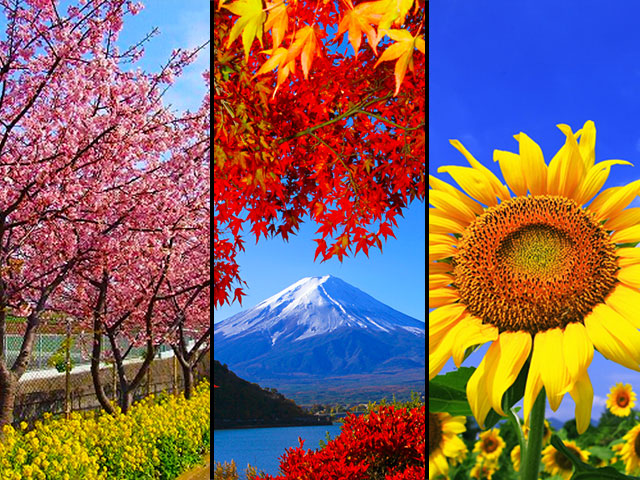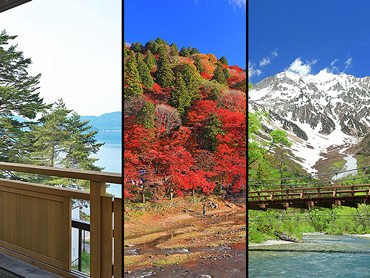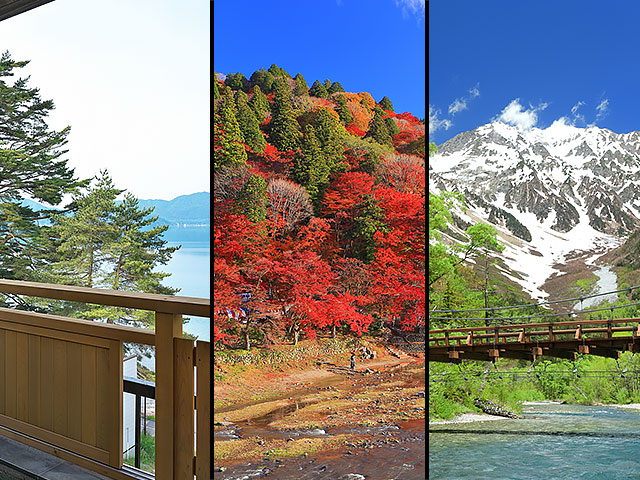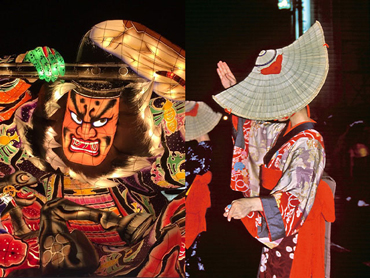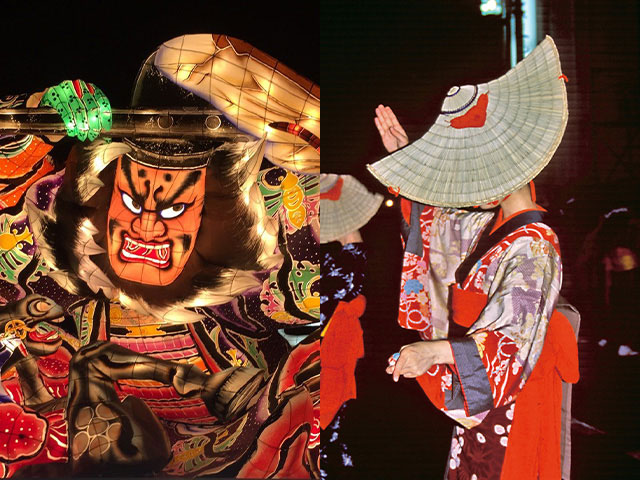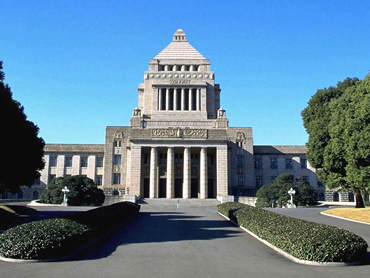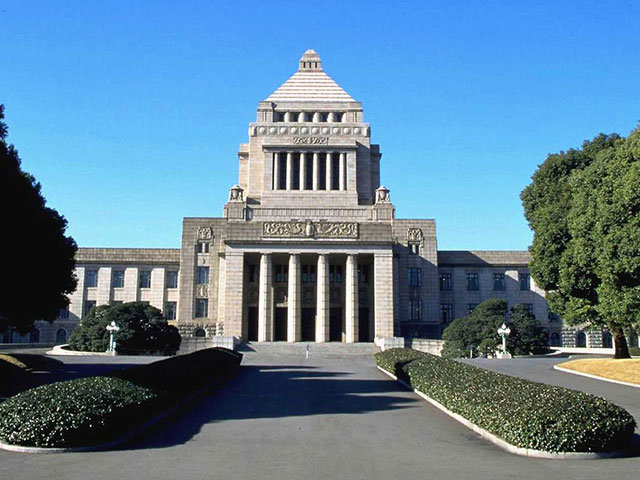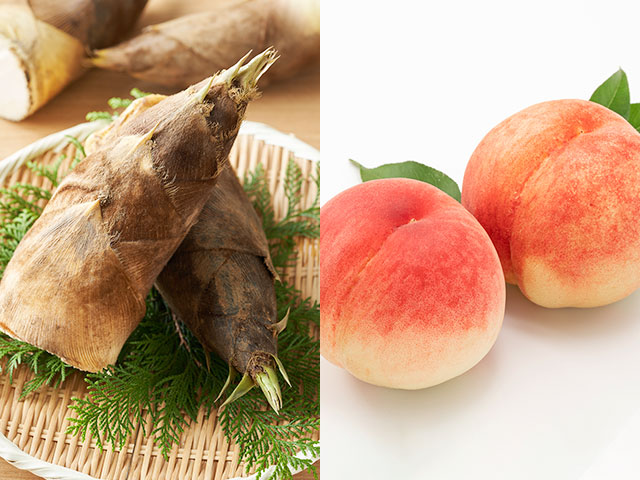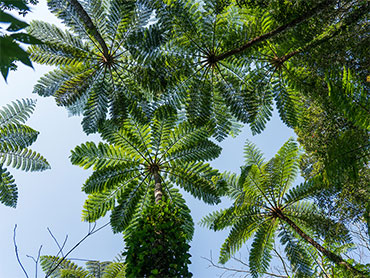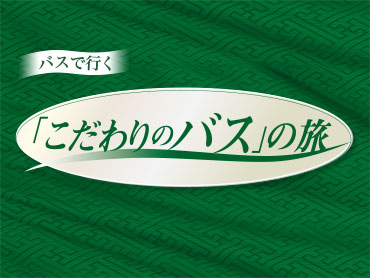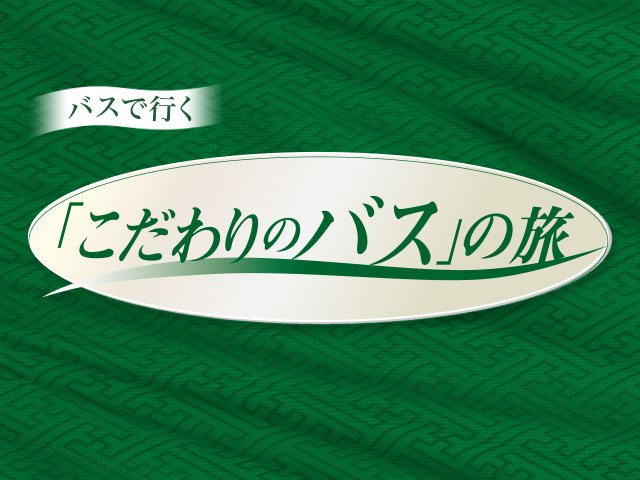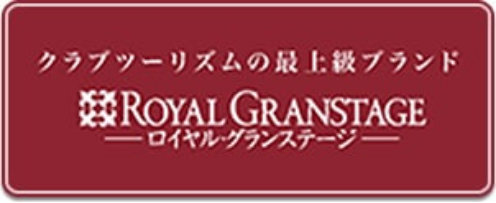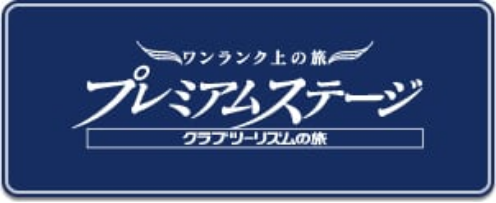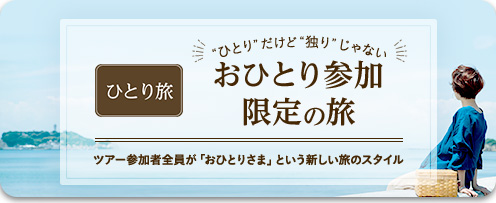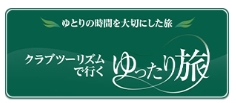焼き物の産地のご紹介
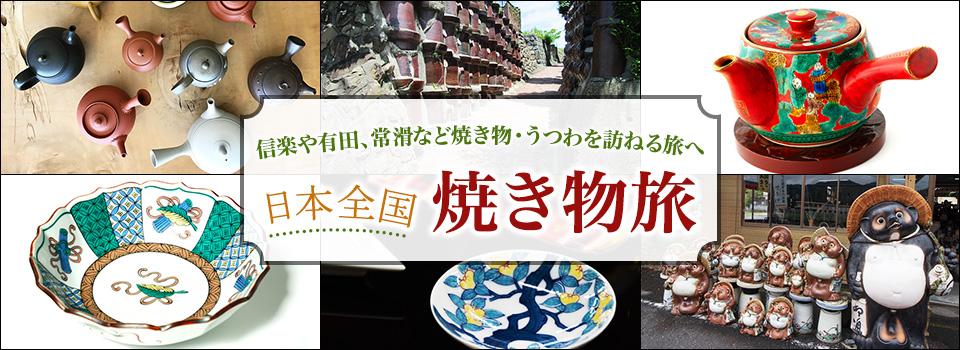
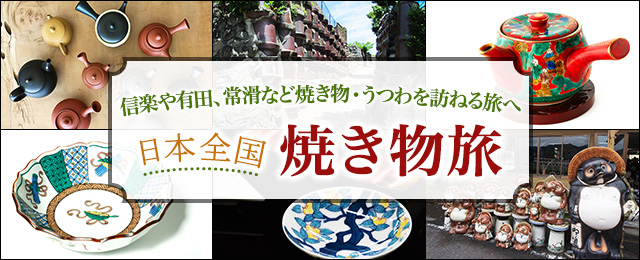
九谷焼・常滑焼・信楽焼・伊万里焼・有田焼・瀬戸焼など、焼き物の地を行く旅・ツアーならクラブツーリズム!焼き物を通じて伝統文化や歴史を楽しみませんか?添乗員付きならしっかりサポート!ツアーの検索・ご予約も簡単です。
日本の焼き物の産地MAP

Tochigi Prefecture, Haga District, Mashiko Town
Mashiko ware

(Image)
Founded in 1853 (Kaei 6) by a potter from Kasama, Otsuka Keizaburo, who learned pottery techniques at this time, built a kiln in Negoya and began his pottery business, which is said to be the beginning of Mashiko ware. It became widely known when Hamada Shoji, a master ceramist of the folk art school, set up a studio in Mashiko and began producing ware. It is characterized by its simple beauty and warm texture. It is famous for its large pottery fairs in spring and autumn, which attract 350,000 to 400,000 people from all over Kanto region.
Gifu Prefecture, Tajimi City
Mino ware

(Image)
During the late Kofun period in the 7th century, in the Tono region Gifu Prefecture, hard pottery different from earthenware, called "Sue ware," was fired in pit kilns dug into the slopes of mountains, and this is said to be the origin of Mino ware. Widely known types include "Shino," which is thickly coated with a translucent glaze and features simple, bold iron paintings on the underpainting, "Kiseto," which is a thin, Kamishina, pale yellowish brown, and "Kinose," which is characterized by its unique shapes and decorations, and interesting patterns such as flowers, birds, the wind, and the moon, as well as geometric designs.
Ishikawa Prefecture, Nomi City
Kutani ware

(Image)
It is said that the beginning of Kutani was in the Meireki era (1655~) in the early Edo period, when Goto Saijiro built a kiln in Kutani village at the initiative of the feudal domain. Strongly influenced by the gorgeous decorative culture of the Kaga Domain, which had a million koku of rice, "Kokutani" was completed as a porcelain that established a unique style of beauty that had never been seen before. It is characterized by overglaze porcelain painted in green, yellow, red, purple, and deep blue, known as the Kutani Gosai.
Aichi Prefecture, Tokoname City
Tokoname ware

(Image)
Tokoname kilns are the oldest of the six ancient kilns in Japan, and from the end of the Heian period, around the beginning of the 12th century, many pit kilns were built on the Chita Peninsula, where Yama tea bowls and other items were fired. The ancestor of the red clay teapot that is strongly Image with Tokoname ware was made at the end of the Edo period. In the city of Tokoname, there are many photogenic landscapes, such as the clay pipe slope and the wall of beckoning cat figurines, making it a fun tourist destination.
Shiga Prefecture, Koka City
Shigaraki ware

(Image)
Shigaraki ware, one of the six ancient kilns, dates back to Nara period and is a representative kiln site in Kansai region. The raccoon dog ornaments that can be seen all over Shigaraki were made around 1877, and when Emperor Showa visited Shigaraki, he fell in love with the raccoon dog and wrote a song about it, which led to it spreading throughout the country.
Saga District, Nishimatsura District, Arita Town, and Imari City
Imari ware and Arita ware

(Image)
Arita Town, with a history of 360 years as the birthplace of Japan porcelain, is a world-famous production area. The beginning of Arita is said to be when the potter Ri Sam-pyeong, who was brought back by the lord of Saga when Toyotomi Hideyoshi invaded Korea at the end of the 16th century, discovered white porcelain ore in Izumiyama, Arita.
Nagasaki Prefecture, Higashisonogi District, Hasami Town
Hasami ware

(Image)
It is said that the origins of this style were the potters brought back from Korea by feudal lord Omura during the Keicho era. At first they produced glazed pottery, but then they shifted to porcelain, mainly dyed and celadon. They mainly produced high-quality everyday tableware, such as the "Kurawanka bowl," and are characterized by the beauty of the translucent white porcelain and the delicate, deep flavor of the blue and white porcelain painted with gosu.
Aichi Prefecture, Seto City
Seto ware

(Image)
It is one of the Six Ancient Kilns of Japan (Shigaraki, Bizen, Tamba, Echizen, Seto, Tokoname), and has a very long history that is said to date back to the Kofun period. It is characterized by being fired with glaze, and during the Muromachi and Sengoku periods, it developed into Japan's largest ceramic production area. Chinese-style pottery was called "Koseto" and had a major impact on the evolution of Japanese tea ware.
Mie Prefecture, Iga City
Iga ware

(Image)
Iga ware is thought to have started in Maruhashira Village, Ayama County, around the time of the Tenpyo period, and the techniques for producing heat-resistant tableware such as Yukihira pots, clay pots, clay teapots, and steaming pots, taking advantage of the strong fire-resistant properties of the clay, have been passed down to the present day. Representative examples include the "Habag Water Jug" and the "Eared Flower Vase." They are fired using clay mixed with large pebbles, and the glaze turns into a transparent light green or white light green, resulting in a color tone that can be described as accidental beauty.
Echizen Town, Nyu District, Fukui Prefecture
Echizen ware

(イメージ)写真提供:公益社団法人福井県観光連盟
Echizen ware, one of the Six Ancient Kilns (Tokoname, Shigaraki, Bizen, Tamba, Echizen, Seto), developed from the end of the Heian period, following in the footsteps of Sue ware. At that time, Echizen ware did not use glaze, and is characterized by beautiful green patterns created by melting wood ash as fuel. Over its long history, it overcame crises such as decline during the Edo period and the successive closures of kilns during the Meiji and Taisho periods, and is now attracting attention again with the development of the Echizen Ceramic Art Village project centered around the Fukui Prefectural Ceramic Art Museum.
Saga Prefecture, Karatsu City
Karatsu ware

(イメージ)写真提供:佐賀県観光連盟
It is said that porcelain first began being fired in the 1580s during the Azuchi-Momoyama period on the territory of the Hata clan, lords of Kishitake Castle. Later, Toyotomi Hideyoshi brought back Korean potters with him when he invaded Korea, and adopted their techniques, leading to mass production. It spread from Karatsu Port to Kyoto, Osaka and other parts of Western Japan, to the point where pottery came to be collectively referred to as "karatsumono."
Easy online travel consultation
Customer Co-Creation Activities
Latest Tours and Information
Club Tourism Travel Brand
Overseas Travel
Club Tourism Internet Membership Information
-
A wide range of services exclusively available to members
-
Search for trips anytime, anywhere!
-
Be the first to know about the best seasonal travel deals!




